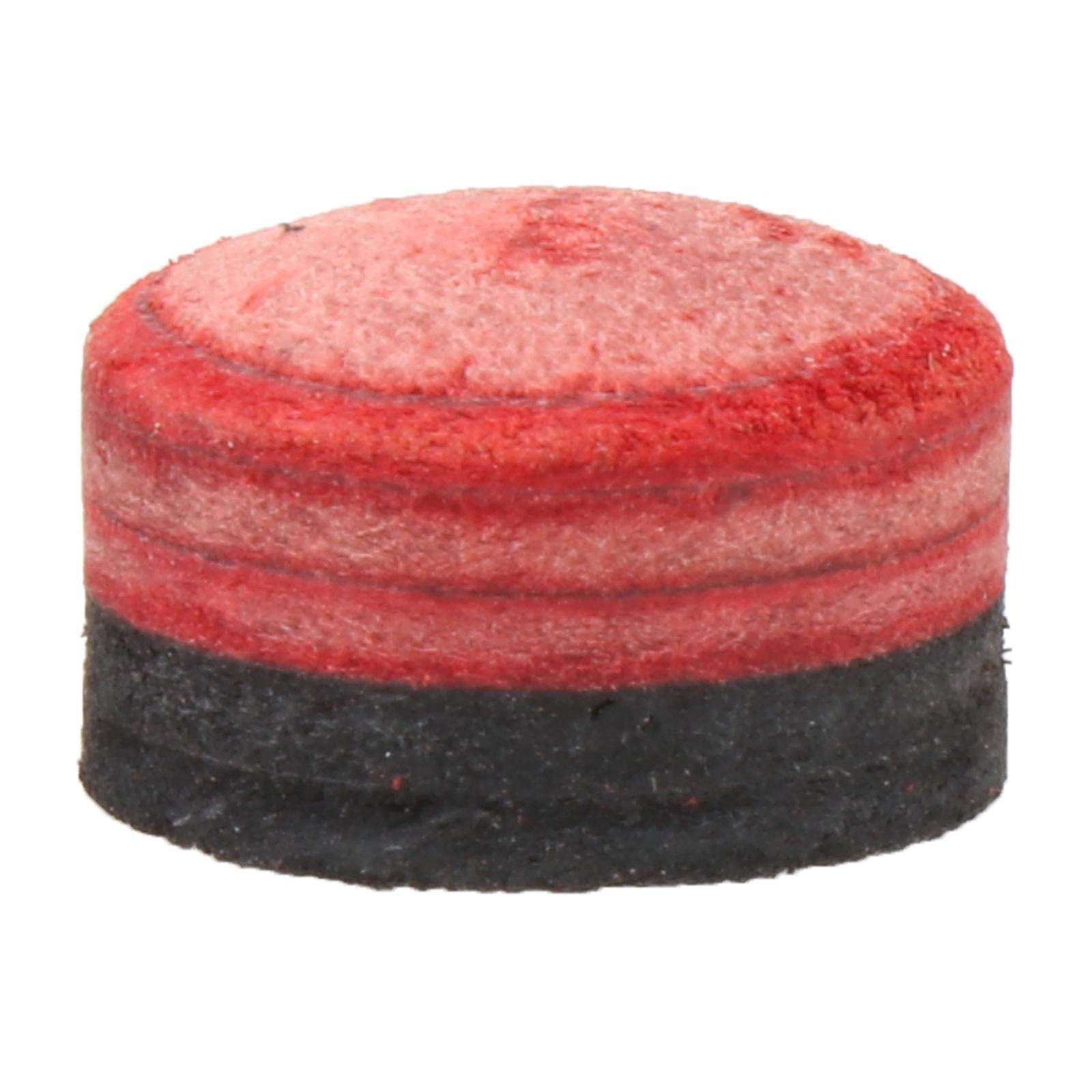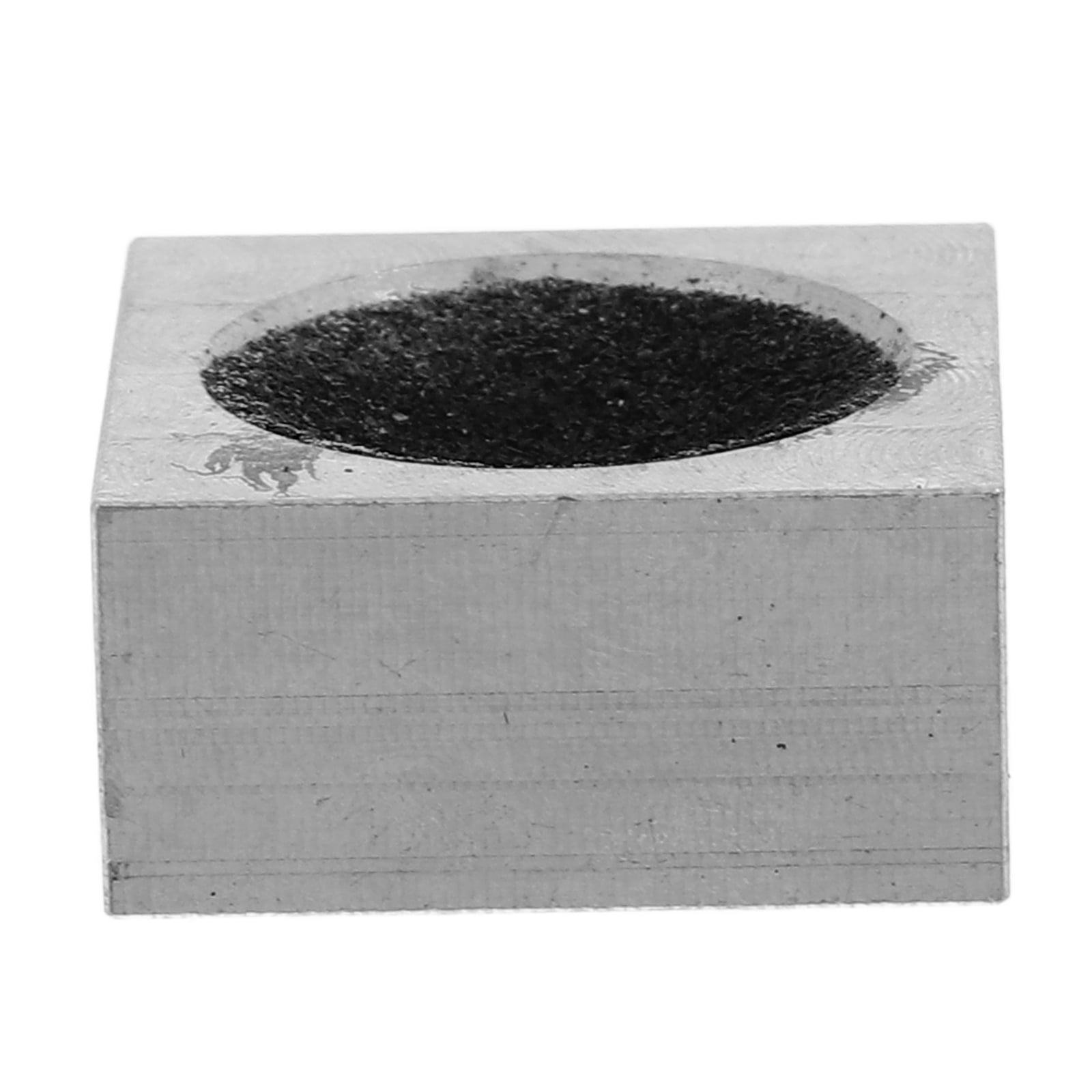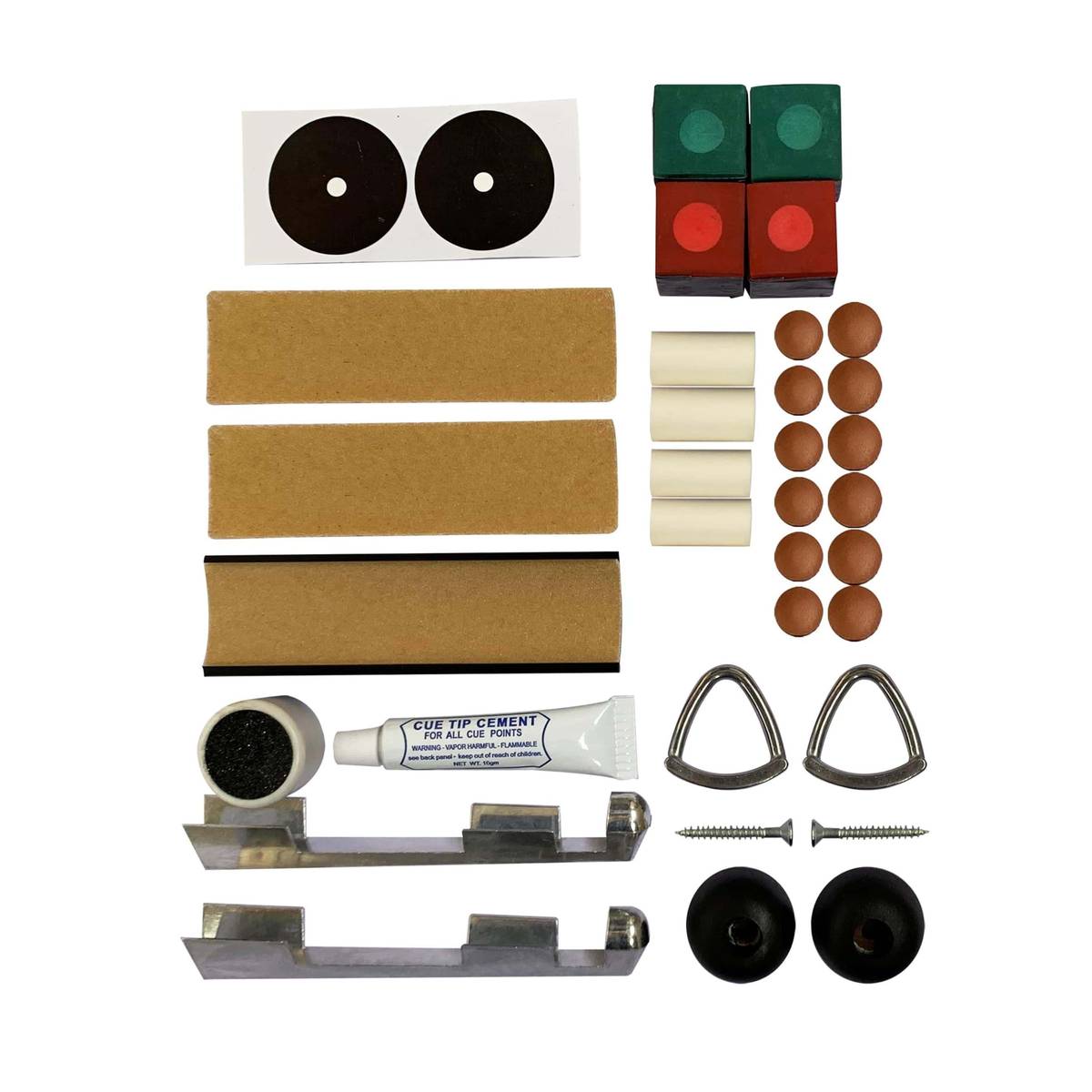Level Up Your Game: A Comprehensive Guide To Pool Cue Tip Replacement
There’s nothing worse than showing up to a game of pool with a worn-out cue tip, right? If you’ve ever struggled with inconsistent shots or poor control, chances are your cue tip needs some love. Pool cue tip replacement might sound intimidating, but trust me, it’s easier than you think. Whether you’re a casual player or a seasoned pro, knowing how to replace your cue tip can make all the difference in your game. So, let’s dive into the world of cue maintenance and turn you into a DIY pool wizard!
Picture this: you’re at your favorite pool hall, ready to dominate the table. But wait—your shots feel off. The cue ball spins unpredictably, and your aim feels off-kilter. What gives? More often than not, the culprit is a worn-out cue tip. A good cue tip is like the engine of your cue stick—it’s what gives you precision, spin, and power. And when that tip starts to degrade, so does your performance. Lucky for you, replacing it is easier than you’d imagine.
Replacing a cue tip isn’t just about fixing a problem; it’s about taking control of your game. Imagine walking into a match with a freshly tipped cue, knowing you’ve got the upper hand. That’s the kind of confidence you’ll gain from mastering this skill. So, buckle up, because we’re about to take you through everything you need to know about pool cue tip replacement—from tools and techniques to troubleshooting and tips.
- Desiremovies Site Your Ultimate Movie Destination Unveiled
- Movierulzst Your Ultimate Destination For Streaming And Downloading Movies
Why Pool Cue Tip Replacement Matters
Alright, let’s get real for a second. Your cue tip is the part of your stick that makes contact with the cue ball. It’s the workhorse of your game, and if it’s not in top shape, neither are you. Over time, the tip wears down, becomes misshapen, or even flattens out completely. When that happens, you lose control over your shots, and your spin game goes out the window. That’s why knowing how to replace your cue tip is crucial for anyone who takes their pool game seriously.
Think about it like this: a car with bald tires isn’t going to handle well on the road. Similarly, a cue stick with a worn-out tip isn’t going to perform as it should on the table. Regular maintenance, including replacing the tip when necessary, ensures that your cue stays in top condition. Plus, it’s a lot cheaper than buying a new stick every time your tip goes bad.
Signs Your Cue Tip Needs Replacement
How do you know when it’s time to replace your cue tip? Here are some telltale signs:
- Remoteiot Batch Job Example Your Ultimate Guide To Automating Remote Tasks Since Yesterday
- Subhashree Sahu Leaked Videos The Untold Story Behind The Controversy
- Your shots lack accuracy and control.
- The cue ball spins unpredictably.
- The tip looks flat or misshapen.
- You notice chunks missing from the tip.
- The tip feels harder than it used to.
If any of these sound familiar, it’s probably time to give your cue stick a little TLC. Don’t worry—it’s not as hard as it seems, and we’ll walk you through the process step by step.
Tools You’ll Need for Pool Cue Tip Replacement
Before we dive into the nitty-gritty of replacing your cue tip, let’s talk about the tools you’ll need. Here’s a quick rundown:
- A new cue tip (duh).
- A razor blade or utility knife.
- A sanding block or fine-grit sandpaper.
- Super glue or CA glue.
- A cue tip shaping tool (optional but helpful).
Most of these items are pretty affordable and easy to find at your local sports store or online. Once you’ve got your tools ready, you’re good to go. Now, let’s move on to the fun part: the actual replacement process.
Choosing the Right Cue Tip
Not all cue tips are created equal, and picking the right one can make a big difference in your game. Here are some factors to consider:
- Material: Cue tips are typically made from leather, but they come in different grades and densities. Harder tips offer more control, while softer tips allow for better spin.
- Size: Most standard tips are around 13mm, but some players prefer slightly larger or smaller sizes depending on their playing style.
- Brand: Popular brands like Kamui, Triangle, and LePro are known for their quality and consistency.
Ultimately, the best tip for you depends on your personal preference and playing style. Don’t be afraid to experiment until you find the perfect fit.
Step-by-Step Guide to Replacing Your Pool Cue Tip
Now that you’ve got your tools and materials ready, let’s walk through the process of replacing your cue tip. Follow these steps carefully, and you’ll have a brand-new tip in no time:
Step 1: Remove the Old Tip
Start by carefully cutting away the old tip using a razor blade or utility knife. Be gentle and take your time to avoid damaging the ferrule (that’s the white part above the tip). Once the old tip is removed, clean the ferrule thoroughly to ensure a strong bond with the new tip.
Step 2: Apply Glue
Apply a small amount of super glue or CA glue to the inside of the ferrule. Make sure the glue is evenly distributed, but don’t overdo it—you don’t want excess glue seeping out and ruining your stick.
Step 3: Attach the New Tip
Press the new tip firmly into the ferrule, making sure it’s centered and level. Hold it in place for a few seconds to allow the glue to set. Then, let it dry completely according to the glue manufacturer’s instructions.
Step 4: Shape and Sand the Tip
Once the glue has dried, use a sanding block or fine-grit sandpaper to shape the tip. You want it to be slightly domed, with a smooth, even surface. If you’re feeling fancy, you can use a cue tip shaping tool to get that perfect curve.
And there you have it—your cue stick is ready to hit the tables again!
Tips for Maintaining Your Cue Tip
Replacing your cue tip is just the beginning. To keep your stick in top condition, here are some maintenance tips:
- Regularly chalk your tip before each shot to ensure proper grip on the cue ball.
- Avoid hitting the cue ball too hard, as this can damage the tip over time.
- Store your cue stick in a cool, dry place to prevent warping or damage.
- Inspect your tip after each session and address any issues promptly.
By following these simple tips, you’ll extend the life of your cue tip and maintain consistent performance on the table.
Common Mistakes to Avoid
Even the best of us make mistakes when replacing a cue tip. Here are a few pitfalls to watch out for:
- Using too much glue, which can create a messy bond and weaken the connection.
- Not sanding the tip properly, leading to poor contact with the cue ball.
- Choosing the wrong size or material for your tip, which can affect your playing style.
Stay mindful of these common errors, and you’ll avoid unnecessary headaches down the line.
Expert Advice on Pool Cue Maintenance
When it comes to cue maintenance, the experts agree: consistency is key. Regularly inspecting and maintaining your cue stick can prevent small issues from becoming big problems. Here’s what some top professionals have to say:
“A well-maintained cue stick is the foundation of a great game. Don’t neglect your equipment—it’s as important as your technique.” – Joe “The Rock” Garrels
Whether you’re a casual player or a tournament competitor, taking care of your equipment is essential for success. And when it comes to cue tips, replacement and maintenance are non-negotiable.
Where to Buy Quality Cue Tips
Not all cue tips are created equal, so it’s important to know where to shop. Here are some trusted sources for high-quality cue tips:
- Local pool halls or sports stores often carry a wide selection of tips and accessories.
- Online retailers like CueAndCase.com and PoolDawg.com offer a vast array of options at competitive prices.
- Check out eBay or Amazon for budget-friendly alternatives, but be sure to read reviews carefully.
Investing in quality gear is an investment in your game, so don’t skimp on the essentials.
The Benefits of DIY Cue Tip Replacement
Replacing your own cue tip offers several advantages:
- Cost savings: You can save a bundle by doing it yourself instead of paying a professional.
- Convenience: No need to take your stick to a shop—you can do it at home in minutes.
- Customization: Choose the perfect tip for your playing style and preferences.
Plus, mastering this skill gives you a sense of accomplishment and control over your game. Who doesn’t love that?
When to Seek Professional Help
While DIY cue tip replacement is generally straightforward, there are times when it’s best to leave it to the pros. If you’re dealing with a particularly tricky issue, such as a damaged ferrule or warped shaft, consider taking your stick to a professional for repair. Sometimes, it’s better to let the experts handle it.
Conclusion: Take Control of Your Game
Replacing your pool cue tip might seem like a small task, but it can have a huge impact on your game. By mastering this skill, you’ll improve your performance, save money, and gain confidence in your abilities. Remember to choose the right tools, follow the steps carefully, and maintain your stick regularly for optimal results.
So, what are you waiting for? Grab your tools, pick out a new tip, and get to work. And don’t forget to share your experience with us in the comments below. We’d love to hear how your DIY project turned out—and maybe even pick up a tip or two from you!
Table of Contents
- Why Pool Cue Tip Replacement Matters
- Tools You’ll Need for Pool Cue Tip Replacement
- Choosing the Right Cue Tip
- Step-by-Step Guide to Replacing Your Pool Cue Tip
- Tips for Maintaining Your Cue Tip
- Expert Advice on Pool Cue Maintenance
- The Benefits of DIY Cue Tip Replacement
- When to Seek Professional Help
- Conclusion: Take Control of Your Game
- Hdmovieshub 4u Your Ultimate Destination For Movie Bliss
- Unlocking The Secrets Of Masa49buxz Everything You Need To Know

Billiard Pool Cue Tip, Snooker Pool Cue Tip Replacement, Portable Break

Aluminum Pool Cue Tip Shaper Cue Tip Shaper Cue Stick Tool Square Pool

2023'S Top 5 Pool Cue Tip Replacement Kits Buyers Guide Helpful